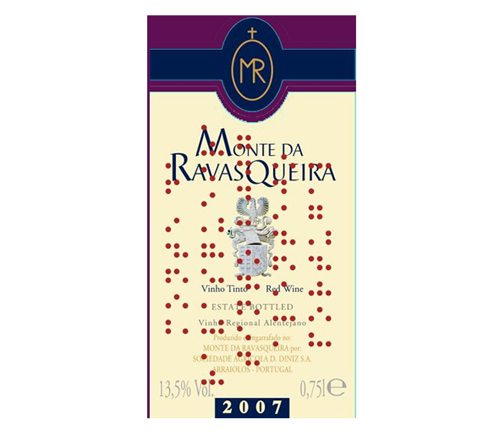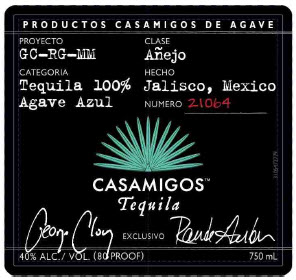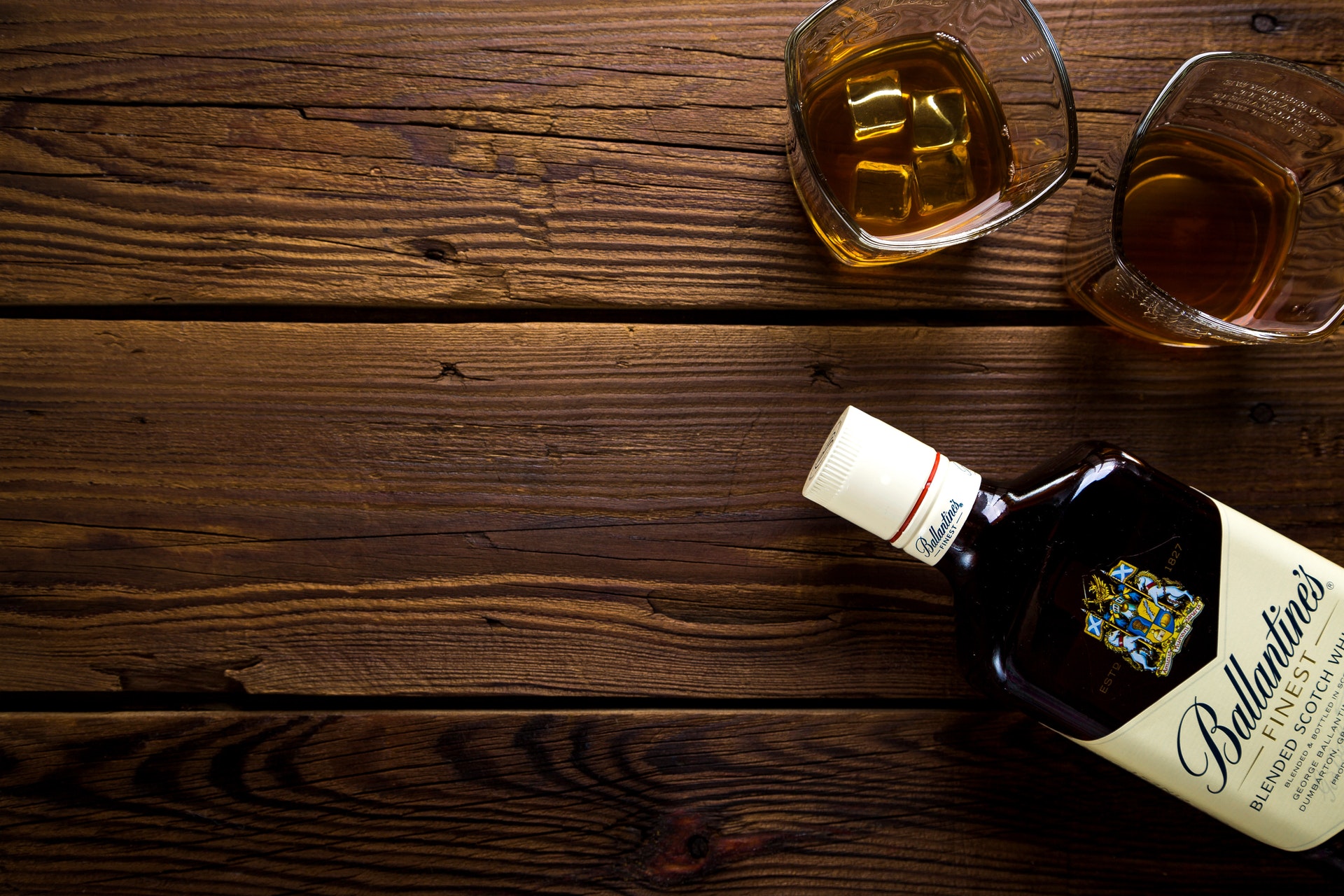 Above is an example of a wine label embossed with Braille. Such labels were virtually unavailable before about 13 years ago. Then, in 1996, M. Chapoutier of France begain using Braille on all its labels. The British newspaper, The Independent explains:
Above is an example of a wine label embossed with Braille. Such labels were virtually unavailable before about 13 years ago. Then, in 1996, M. Chapoutier of France begain using Braille on all its labels. The British newspaper, The Independent explains:
The technique is the same as printing visible labels: an iron Braille negative is pressed onto the back of the paper label to make the Braille bumps. Mr. Chapoutier decided to use his 40-year-old printing machine to make every one of the 2.5 million bottles of wine he produces each year. They have proved a success … . As fewer than 20,000 of the one million registered blind and partially sighted people in the UK can read Braille, other methods are also being urged including the use of audio-tapes, large print and computer disks.
The article explains that bleach and eye drops are the only other UK products imprinted with Braille.
It would seem that the Braille text should be covered on the TTB label approval, just like English letters, or any other language such as Japanese. And yet we have flipped through quite a few label approvals with Braille and very few mention Braille on the label approval.



This is both amazing and exciting. All labels in the US should be utilizing techniques that will offer Braille text on all products. Thank you for the article!